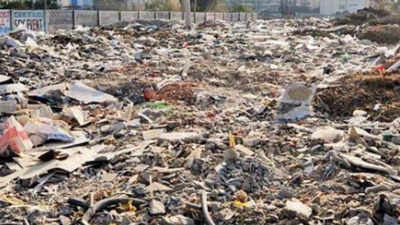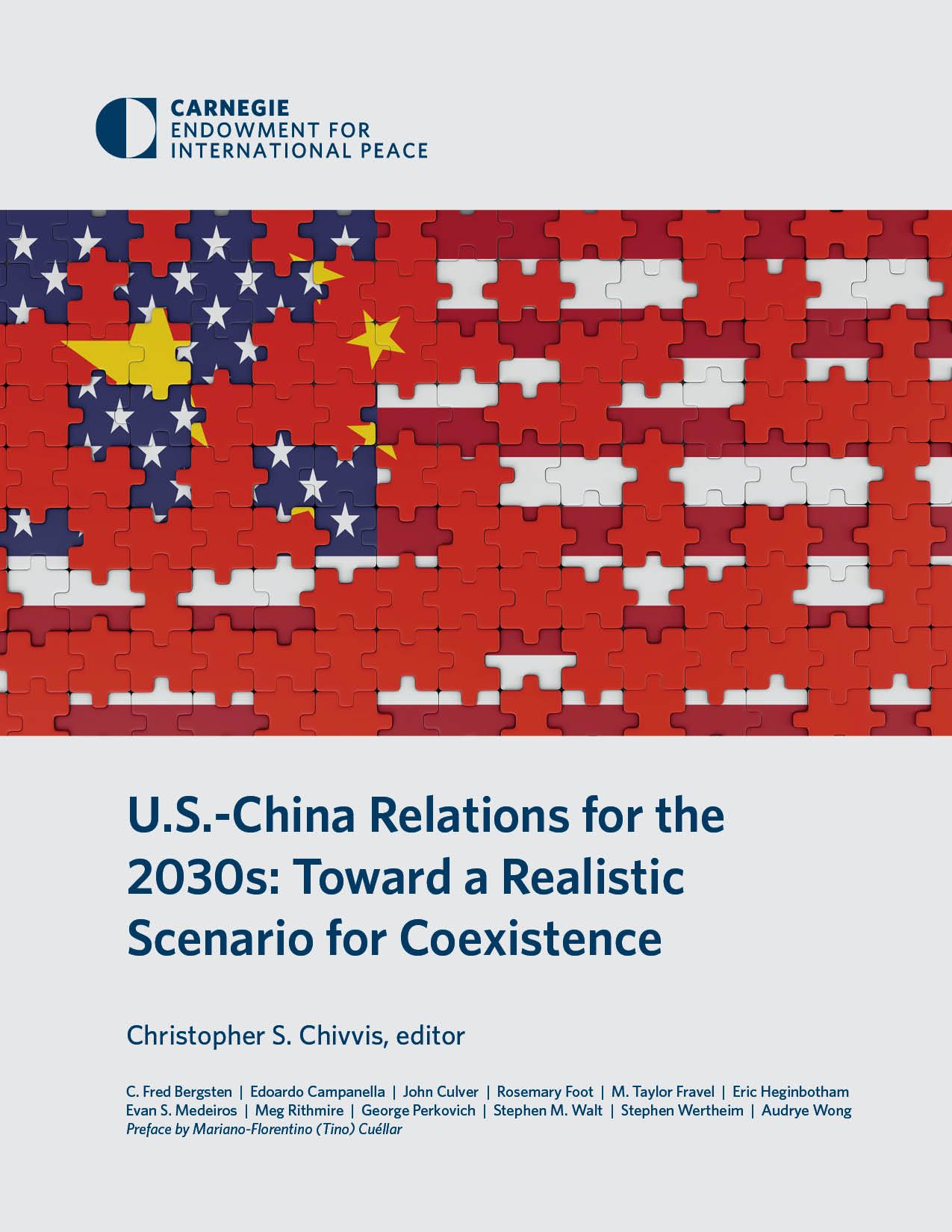Report on the Intersection of Asylum Systems and Sustainable Development Goals
Current Challenges in Global Migration Governance
An analysis of contemporary asylum and migration frameworks reveals several critical challenges that impede progress toward international development objectives. The discourse is frequently characterized by political polarization, leading to significant debate over the efficacy of current systems.
- Existing asylum systems are widely reported by critics as failing to meet their intended objectives.
- The foundational legal instrument, the United Nations Refugee Convention, faces calls for its abandonment by some political actors.
- Proposals range from systemic reform to the complete dismantlement of the established right to seek asylum abroad.
Impact on Sustainable Development Goal (SDG) Attainment
These systemic challenges have direct and significant implications for the achievement of the 2030 Agenda for Sustainable Development. The debate over migration governance is intrinsically linked to the following goals:
- SDG 10: Reduced Inequalities. The failure to establish effective asylum systems directly contravenes Target 10.7, which mandates the facilitation of “orderly, safe, regular and responsible migration and mobility of people.” The current political climate hinders the implementation of planned and well-managed migration policies essential for reducing inequality.
- SDG 16: Peace, Justice and Strong Institutions. Calls to jettison the Refugee Convention threaten the international legal framework that ensures access to justice for vulnerable populations fleeing conflict and persecution (Target 16.3). Weak or dismantled asylum systems undermine the global commitment to building effective, accountable, and inclusive institutions at all levels.
- SDG 17: Partnerships for the Goals. The divisive nature of the migration debate erodes the international cooperation and global partnerships required to manage migration effectively. A collaborative, multilateral approach is fundamental to addressing the root causes of forced displacement and achieving the SDGs.
1. Which SDGs are addressed or connected to the issues highlighted in the article?
-
SDG 10: Reduced Inequalities
The article’s focus on the “asylum and migration debate” and the “right to seek safety abroad” directly relates to the inequalities that drive people to leave their home countries and the rights afforded to them as migrants and asylum seekers. It touches upon the international frameworks designed to manage these flows and protect vulnerable populations.
-
SDG 16: Peace, Justice and Strong Institutions
This goal is central to the article’s content. The discussion revolves around “asylum systems” and the “UN’s Refugee Convention,” which are fundamental components of international law and justice. The debate about whether these systems are “failing” or should be “scrapped” is a direct commentary on the strength and effectiveness of the institutions responsible for upholding the rights of refugees.
2. What specific targets under those SDGs can be identified based on the article’s content?
-
SDG 10: Reduced Inequalities
- Target 10.7: Facilitate orderly, safe, regular and responsible migration and mobility of people, including through the implementation of planned and well-managed migration policies.
The article directly engages with this target by discussing the “asylum and migration debate” and the core international policy governing refugees, the “UN’s Refugee Convention.” The claim that “modern asylum systems… are failing” points to a challenge in implementing “well-managed migration policies” for those seeking safety.
- Target 10.7: Facilitate orderly, safe, regular and responsible migration and mobility of people, including through the implementation of planned and well-managed migration policies.
-
SDG 16: Peace, Justice and Strong Institutions
- Target 16.3: Promote the rule of law at the national and international levels and ensure equal access to justice for all.
This target is identifiable through the reference to the “UN’s Refugee Convention,” a key instrument of international law. “Asylum systems” are the institutional mechanisms designed to provide access to justice for individuals exercising their “right to seek safety abroad.” The call to “jettison” the convention is a direct challenge to the international rule of law concerning refugees.
- Target 16.3: Promote the rule of law at the national and international levels and ensure equal access to justice for all.
3. Are there any indicators mentioned or implied in the article that can be used to measure progress towards the identified targets?
-
For Target 10.7
- Implied Indicator (related to official indicator 10.7.2: Number of countries with migration policies that facilitate orderly, safe, regular and responsible migration and mobility of people): The article implies the importance of this by highlighting the “UN’s Refugee Convention” and “modern asylum systems.” The existence, adherence to, and functionality of these policies and systems serve as a measure of progress. The debate over whether they are “failing” suggests that their effectiveness is a key metric.
-
For Target 16.3
- Implied Indicator (related to official indicator 16.3.3: Proportion of the population who have experienced a dispute… and who accessed a formal… dispute resolution mechanism): The article implies this by focusing on “asylum systems.” These systems are a formal mechanism for resolving the “dispute” of a person’s claim for refugee status. The functionality of these systems and the ability of individuals to access them to exercise their “right to seek safety” can be seen as a measure of progress towards ensuring access to justice.
4. Create a table with three columns titled ‘SDGs, Targets and Indicators’ to present the findings from analyzing the article.
| SDGs | Targets | Indicators |
|---|---|---|
| SDG 10: Reduced Inequalities | 10.7: Facilitate orderly, safe, regular and responsible migration and mobility of people, including through the implementation of planned and well-managed migration policies. | Implied: The existence and functionality of international and national asylum policies (e.g., adherence to the UN Refugee Convention and effectiveness of “modern asylum systems”). |
| SDG 16: Peace, Justice and Strong Institutions | 16.3: Promote the rule of law at the national and international levels and ensure equal access to justice for all. | Implied: The accessibility and effectiveness of “asylum systems” as a formal mechanism for individuals to access justice and claim the “right to seek safety.” |
Source: economist.com






